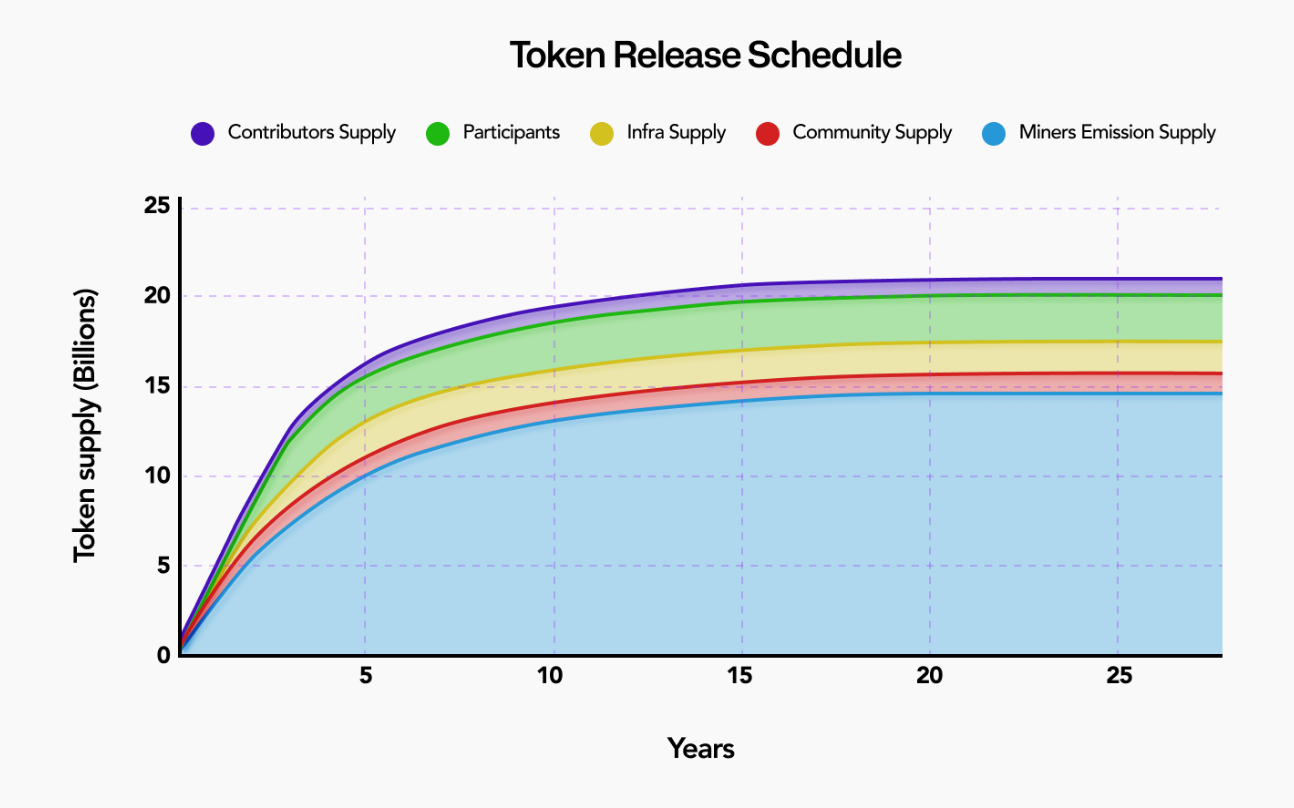The team behind Monero has unveiled Tari, a new layer-1 chain that hides transaction data by default and supports crypto mining on personal computers.
A new blockchain from ex-Monero developers is betting that privacy, playful crypto mining, and a dose of nostalgia can win over the next wave of crypto users, launching as a standalone proof-of-work network where anyone with a Mac or PC can mine its native Tari crypto under the XTM ticker, shield their balances from public view, and join a growing community of over 700,000 airdrop participants.
Tari’s flagship app, Tari Universe, transforms mining into a visual experience — complete with real-time feedback, power usage sliders, and one-click controls that let users pause or throttle how much of their CPU is used. Mining is split between SHA3x and RandomX algorithms, with block rewards distributed 50/50 between standalone and merge miners.
“Tari Universe turns your computer into a money machine. It works by harnessing your computers computational power to solve blocks on the Tari network. In doing so, you’re helping to secure the Tari network while earning Tari token (XTM) rewards.”
Tari
Tari’s emission model begins with a 21 billion XTM supply, of which 30% is pre-mined, per data from the official website. The rest — 14.7 billion tokens — is reserved for public mining, with rewards decreasing gradually on a per-block basis. A 1% tail emission ensures ongoing miner incentives after the first 12 years.

The pre-mined portion is allocated to infrastructure (9%), community programs (5%), contributors (4%), and early participants (12%), with long vesting periods starting six to twelve months post-mainnet.
The network uses a two-token system: XTM powers the base layer (called Minotari), while XTR operates on the second layer (dubbed Ootle). Users can burn XTM 1:1 to mint XTR via a dynamic “Throttle” mechanism, which adjusts minting costs based on demand, while fees burned during activity help manage supply. The balance between XTM and XTR is designed to tighten over time, though actual usage patterns remain to be seen.

